Software Testing Quality Assurance - Quality of Software Testing
Software Testing Quality Assurance
Quality
- Quality is: “Fit for use or purpose”.
- Meeting the customer needs and expectations like functionality, design, reliability, durability and price of the product is termed as quality.
Assurance
- A positive declaration of a product or service, that gives confidence about a product is assurance.
- Assurance is a certainity that a product or service will work well without any problems as per the expectations or requirements.
Quality Assurance in Software Testing
- Procedure to ensure that quality of software products or services provided to the customers by an organisation is called Quality Assurance.
- The important focus of quality assurance is to improve the software development process and make it more effecient and effective as per the quality standards.
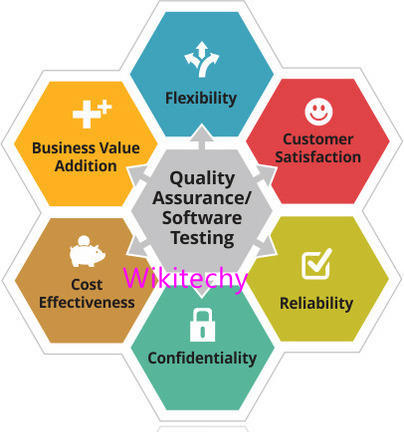
Quality Assurance in Software Testing
How to do Quality Assurance: Complete Process
- Quality assurane has a defined methodology cycle called PDCA cycle or Deming Cycle.
- The phases of the cycle are:
- Plan
- Do
- Check
- Act
- These above steps are repeated to ensure that processes followed in the organization are evaluated and improved on a periodic basis.
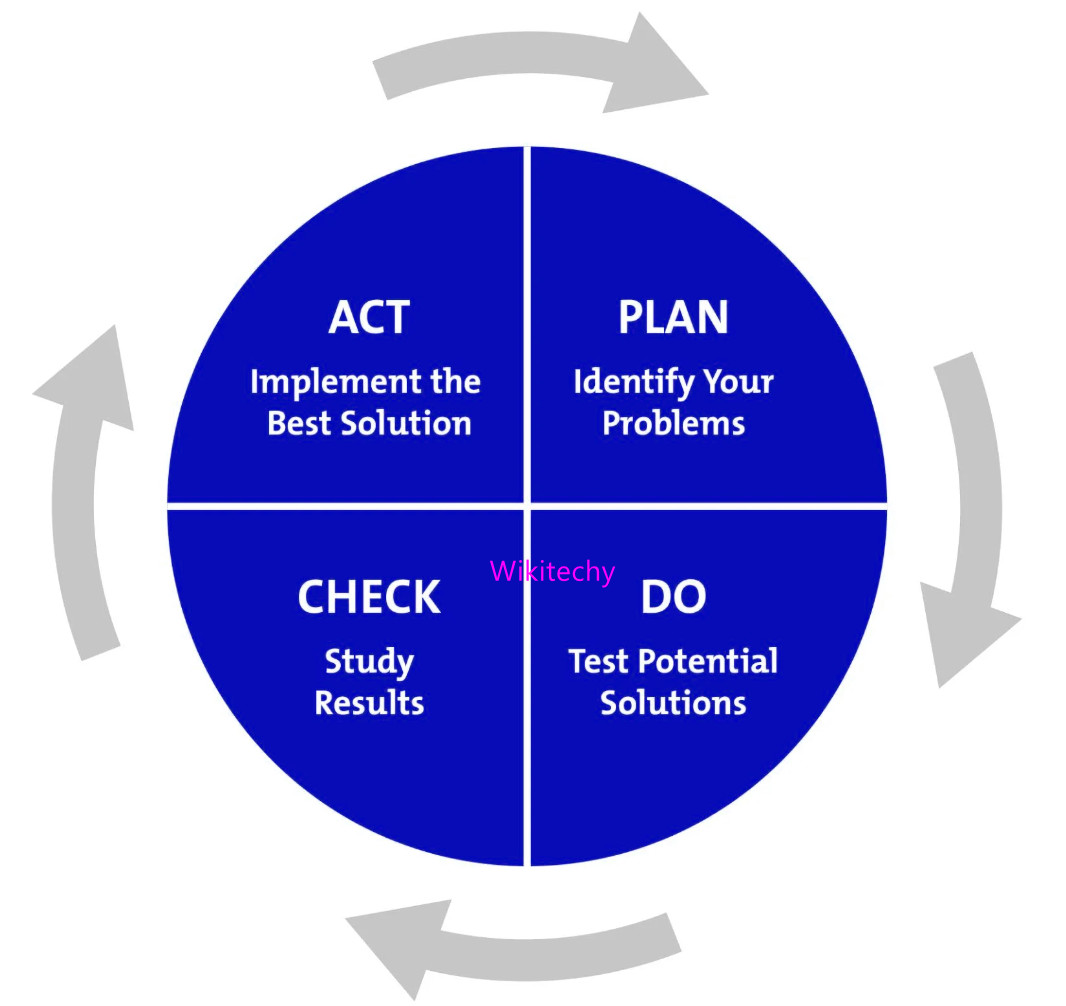
PDCA cycle
Plan
- Process related objectives and determine the processes that are required for delivering a high quality end product should be planned by organization.
Do
- Development and testing of Processes and also “do” changes in the processes
Check
- Process should be modified and monitored to check whether it meets the objectives.
Act
- Certain actions need to be implemented by the QA tester to achieve improvements in the processes.
Quality Control
- Quality control is popularly known as QC.
- It is a process in software engineering which is used to ensure the quality in a product or service.
- Processes used to create product are not dealt by QC. It determines the quality of end or finished products and their final outcomes.
- QC is done on the end products to check if the product meets the specifications and requirements of the customer.
- If any issues or problem is found in QC, it needs to be fixed before delivering it to the customer.
- Qc also checks the skill levels of the people and provides training and certifications.
- This evaluation is required for the service based organization and helps provide “perfect” service to the customers.

Quality Control
Difference between Quality Control and Quality Assurance
- Qc examines the product or service and check for the result.
- QA in software engineering checks the processes and make changes to the processes which leads to the end product.
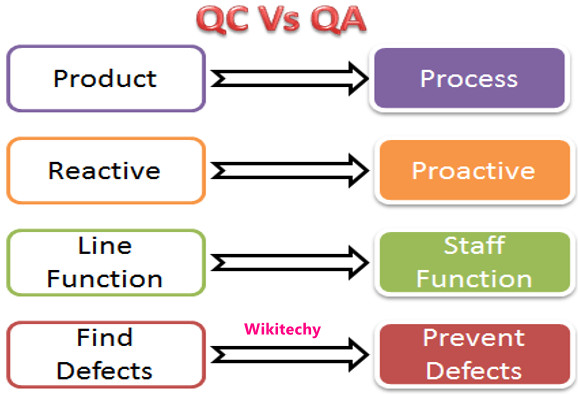
QC vs QA
Best practices for Quality Assurance
- Robust testing environment can be created.
- Release criteria should be selected carefully.
- For high risk areas automation testing can be applied to save money and will fasten the entire process.
- Time should be allocated appropriately for each process
- Based on software usage bugs fixes should be prioritized.
- Dedicated security and performance testing team should be formed.
- Similar to the production environment customer accounts need to be simulated.
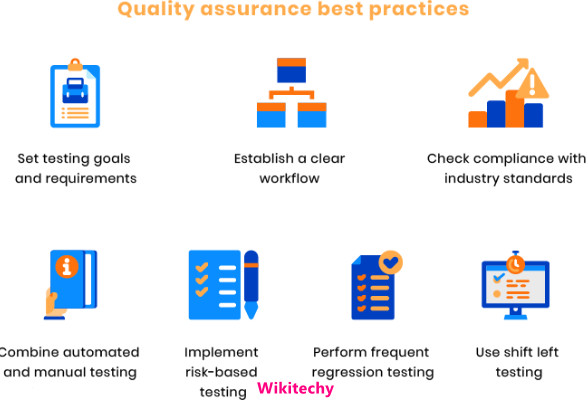
Best practices for Quality Assurance
Quality Assurance Functions
- There are 5 primary Quality Assurance Functions:
- Technology transfer
- This process involves getting a product design document and data and its evaluation is done on error and trial.
- Checked and approved documents are distributed within the team.
- Validation
- Here entire system is prepared for validation by validation master.
- Validating product and process is set and approved for test criteria. Resource planning for execution of a validation plan is done.
- Documentation
- Distribution and archiving of documents is controlled in this function.
- Proper change control procedure is followed for any changes in the document. Approval of all types of documents.
- Assuring Quality of products
- Quality improvement plans
CMMI Level
- The capability maturity model integrated approach is developed specially for improvement of software process.
- It is based on the process maturity framework and used as a general aid in business processes in the Software Industry. This model is highly regarded and widely used in Software Development Organizations.
- CMMI has 5 levels. An organization is certified at CMMI level 1 to 5 based on the maturity of their Quality Assurance Mechanisms.
- Level 1 – Initial : Quality environment is not stable in this stage. No process have been followed or documented.
- Level 2 – Repeatable : Repeatble process are followed in this stage and this level ensures that process are followed at the project level.
- Level 3 – Defined : In this level organization sets certain processes which are defined and documented at the origanizational level. These defined processes are subjected to some degree of improvement.
- Level 4 – Managed : This level uses process metrics and effectively controls the processes that are followed.
- Level 5 – Optimizing : This level focuses on the continuous improvements of the processes through learning & innovation.
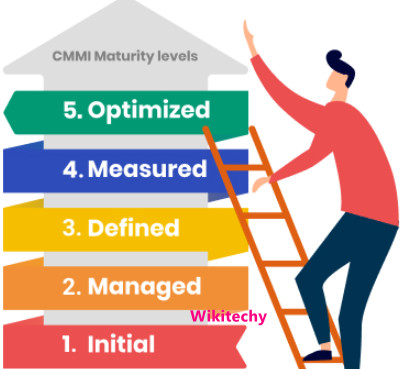
CMMI Level
Test Maturity Model (TMM)
- This model assesses the maturity of processes in a Testing Environment. Even this model has 5 levels, defined below-
- Level 1 – Initial : Only adhoc methods are used at this level and there is no quality standard followed for testing processes.
- Level 2 - Definition : Here process is defined.Test strategy,plans,test cases are prepared at this level
- Level 3 - Integration : V model type of testing is followed in this level, which is integration with the development activities and testing is carried out throughout the software development life cycle.
- Level 4 - Management and Measurement : For each level of testing certain criteria has been set and review of requirements and designs takes place at this level
- Level 5 - Optimization : Optimized preventive techniques are used for testing processes. Automation tool is also used for improving the testing standards and processes.
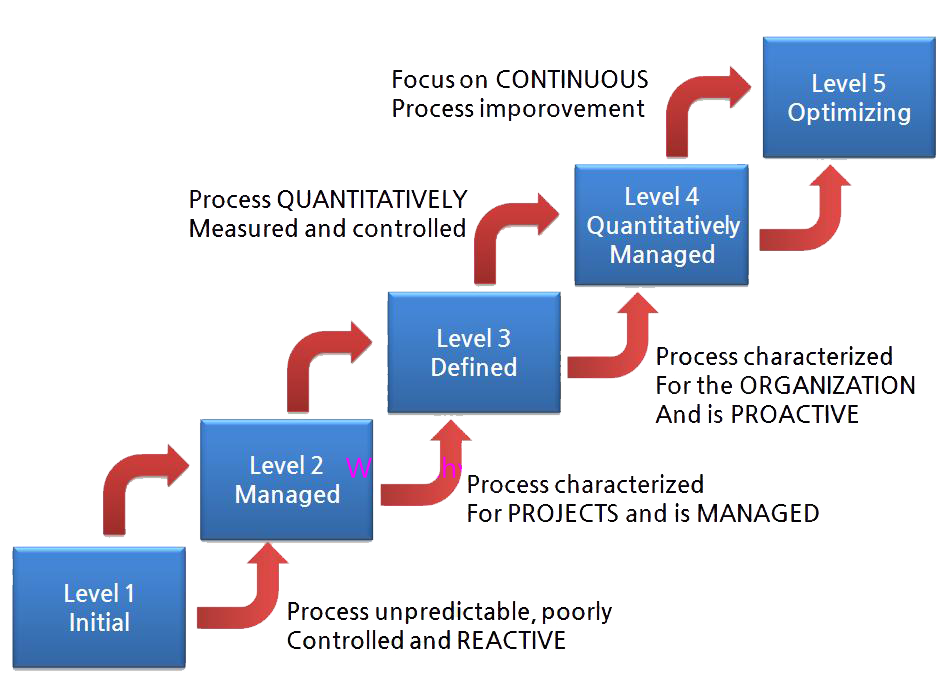
TMM Model
